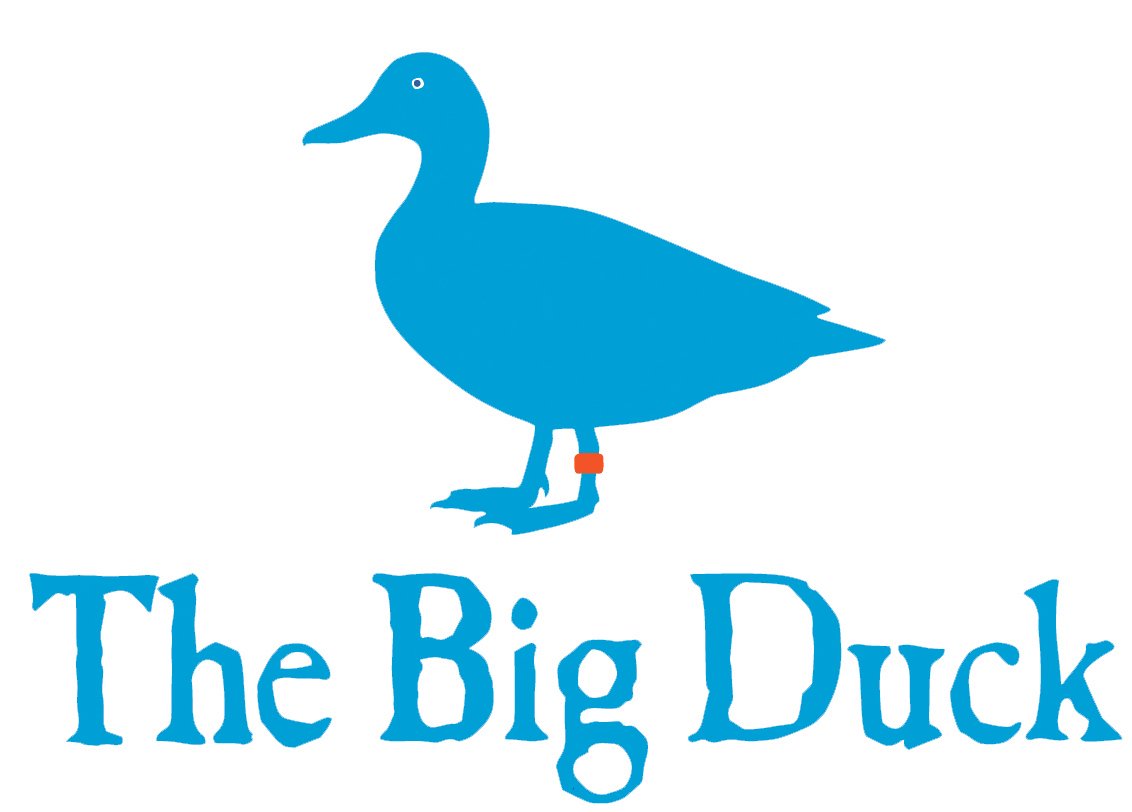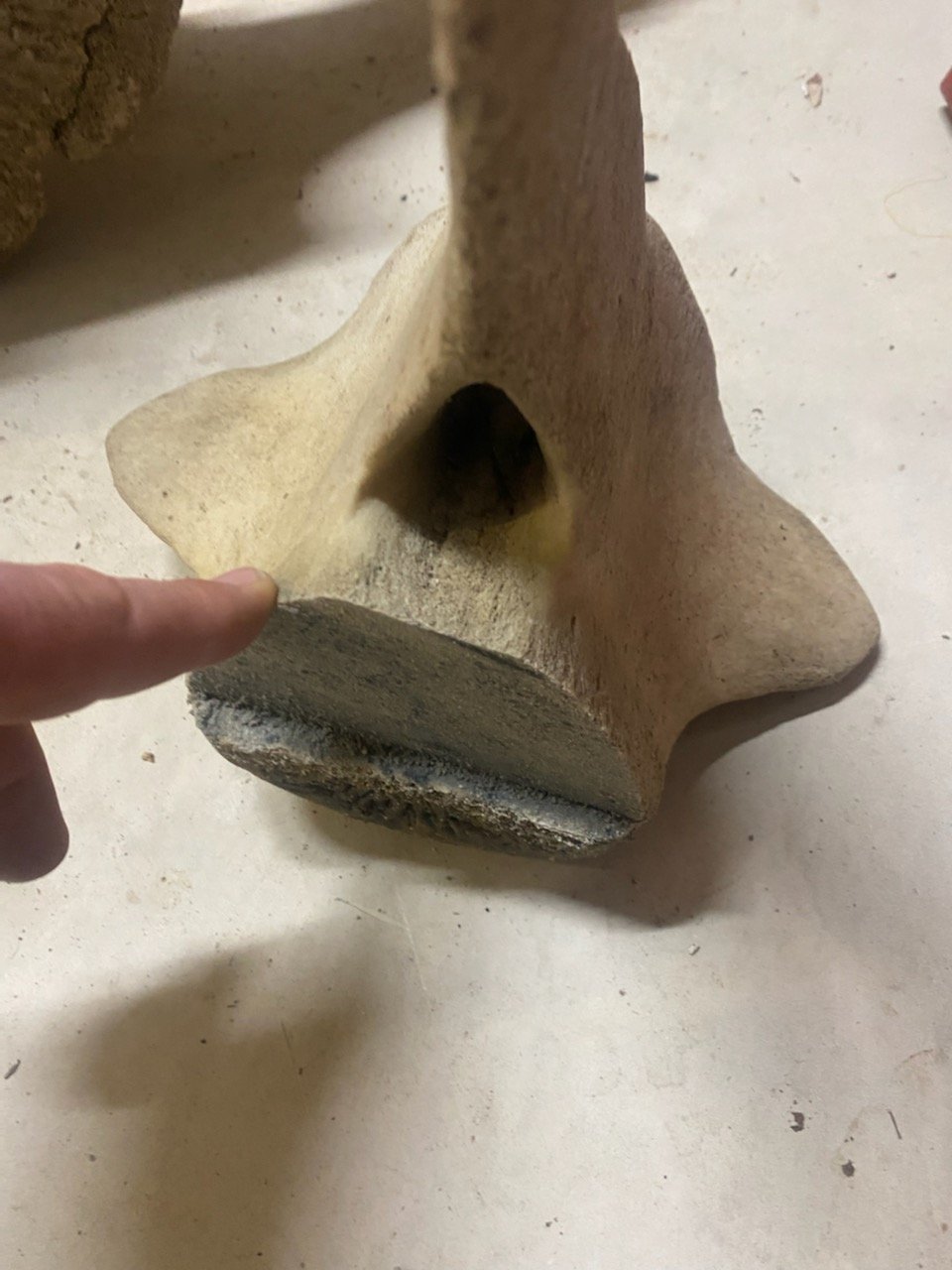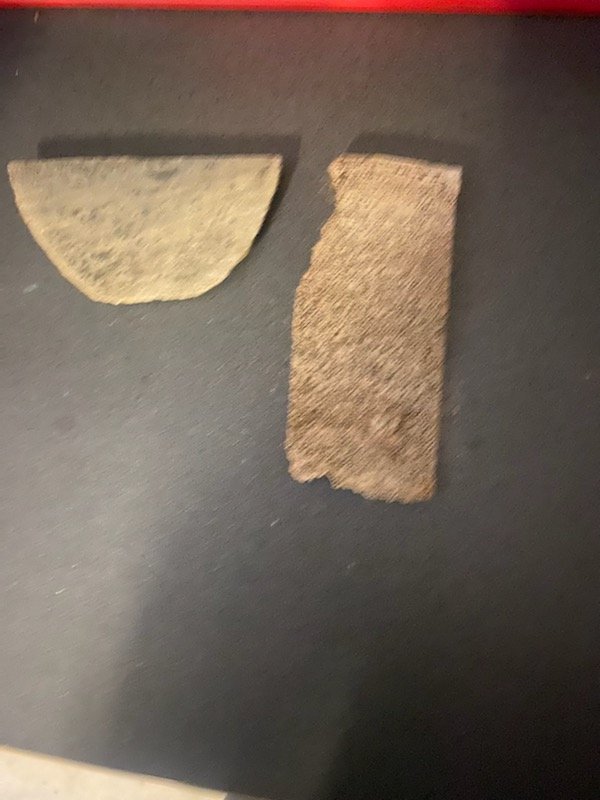Southern Right Whales Eubalaena australis: Understanding movement and migration through whale bone analysis.
This project aims to use whale vertebrae from historical whaling locations to understand historical movement between coastal aggregation areas and the sub-Antarctic waters. By diving on areas of historical whaling stations we have recovered whale vertebrae. We then take a small section of the whale vertebrae and run laser ablation across the section (see Figure 1). Laser ablation is an innovative chemical analysis that provides amazing insight into the environmental habitat use of an animal. From these samples we are looking for chemical signatures that can indicate coastal vs offshore habitat-use as well as potential identification of residency in specific/general important coastal aggregation areas. The power of this analysis is that we can have a potential timeline of an individual whale’s habitat use over their lifespan and as we obtain further whale vertebrae our understanding of habitat-use patterns will hopefully become clearer. As part of a collaboration with the Prof. Susan Bengston-Nash lab, samples from the vertebrae will also be used to identify the sex and confirm the species of whale wherever possible. We believe that understanding how often individual whales returned to specific coastal areas over their lifetime and their period of time in sub-Antarctic habitat will contribute valuable data for Southern Right Whale recovery management.
Figure 1 - Small section of whale vertebrae sectioned and prepped for ablation analysis.
Why is it important to understand whale movement and migration?
Southern Right Whales are a highly mobile migratory megafauna species that travel thousands of kilometres between key life-history habitats. Unlike other migratory megafauna species which have well defined migratory routes, such as the Humpback whale, Megaptera novaeangliae, Southern Right Whales are thought to be mostly solitary during migration or accompanied by a dependent calf or a yearling offspring with less defined and more random migratory routes. As surface feeders they frequently target plankton “hotspots” where copepods, krill and other zooplankton are in higher concentrations. These higher plankton concentrations are a function of large-scale current circulations and movements, upwellings and wind driven fronts. The “random” occurrence of these hotspots may be a key driver for the less defined migratory routes of Southern Right Whales.
Southern Right Whales move seasonally between the Australian coastline and the sub-Antarctic presumably in search of their preferred plankton. When on the Australian coast they use widely separated coastal areas indicating connection of coastal habitats is important for this species, although calving whales tend to use specific coastal aggregations areas. One of these large aggregation areas is found in the Head of Bight, with Encounter Bay as a smaller emerging or recently termed newly established important aggregation area (see Figure 2). While most knowledge on Southern Right Whales has been derived from their Australian coastal movements, far less is known of migration travel, non-coastal movements and offshore habitat-use. Understanding these offshore movements and habitat-use is a key priority of the Southern Right Whale recovery plan. Our whale bone research aims to help provide more detail on these offshore movements through establishing historical habitat-use of individuals.
Southern Right Whales are considered endangered, and a better understanding of their migrations and residency patterns, both current and historically, is important for a management and conservation of their whole of lifecycle. This is particularly important as certainly groups of individuals within the whole population appear to have preferences for specific coastal aggregations areas. There are 13 identified coastal aggregation areas along the Southern Australia coastline (see Figure 1) and a better understanding of the use of these areas, both in the present and historically, and subsequent movements back into colder sub-Antarctic waters is necessary.
Figure 2 Seasonal Coastal Aggregation areas for the Southern Right Whale (taken from Draft National Recovery Plan for the Southern Right Whale (Eubalaena australis) - DCCEEW)
Satellite tracking
Advancements in satellite tracking technologies have enabled recent insights into the migrations of individual Southern Right Whales into sub-Antarctic waters. Two studies have deployed satellite tags on Southern Right Whales in New Zealand (Figure 3), and more recently on Southern Right Whales that visit the West Australian coastline (Figure 4). Thes satellite tracks indicate substantial, but varied movements down into sub-Antarctic waters when the whales leave biologically Important or Coastal Aggregation areas on the Southern Australian or New Zealand Coastline.
Image Credit: University of Auckland - Southern Right Research Team
Figure 3 – Satellite tracks of individual Southern Right Whales tagged in New Zealand and moving into sub-Antarctic waters. Each colour represents the track of an individual whale. (See Southern right whale satellite tagging project blows migration assumptions out of water - ABC News)
Figure 4 - Satellite tracks of Southern Right Whales tagged in Western Australia and moving into sub-Antarctic waters. Each colour represents the track of an individual whale. (Tagging under taken by Dr. Kate Sprogis).
Biologically Important Coastal Aggregation areas
Biologically Important Areas coastal aggregation areas for Southern Right Whales are areas where aggregations of biologically-important behaviour such as calving, foraging, resting or migration are evident. It is also assumed that these behaviours indicate that the habitat required for this behaviour is also present. Encounter Bay is one small important aggregation area. Important research undertaken by Dr. Kate Sprogis identified a suite of Southern Right Whale behaviours displayed when the whales have short-term residency in this and other aggregation areas (see Figure 5). The Big Duck provided help for this research done by Dr. Sprogis.
Figure 5 – Southern Right Whale behaviours identified when the whales remain in the Encounter Bay aggregation area. (taken from Sprogis et al. (2023) Effects of whale-watching activities on southern right whales in Encounter Bay, South Australia (researchgate.net)









